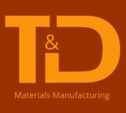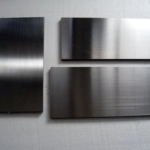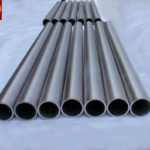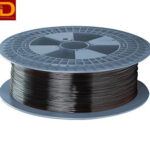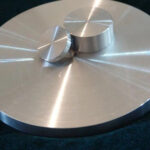Niobium
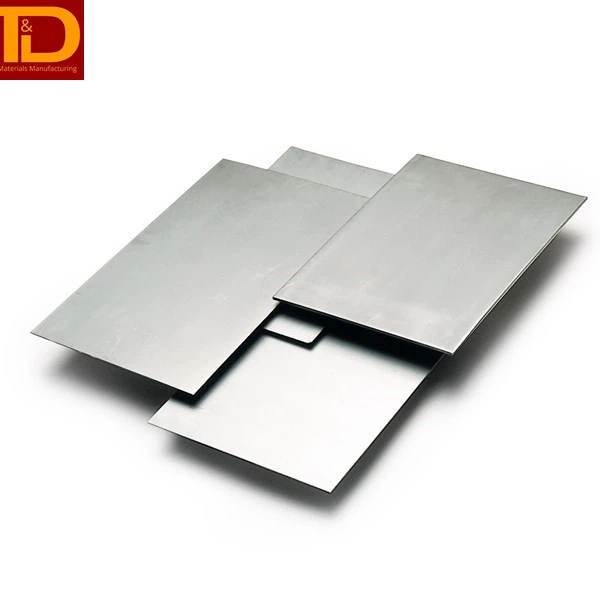
Physical Properties
- Atomic Number: 41
- Atomic Weight: 92.90638 u
- Density: 8.57 g/cm³
- Melting Point: 2477°C (4491°F)
- Boiling Point: 4744°C (8571°F)
- Crystal Structure: Body-Centered Cubic (BCC)
- Color: Gray metallic
Chemical Properties
- Oxidation States: +3, +5 (most common)
- Electronegativity: 1.6 (Pauling scale)
- Reactivity: Niobium is relatively inert due to the formation of a stable oxide layer on its surface.
- Corrosion Resistance: Excellent resistance to corrosion, especially in acidic environments.
Overview
Niobium (Nb) is a chemical element with the atomic number 41 and is located in group 5 of the periodic table. It is a transition metal, known for its high melting point, strength, and resistance to corrosion. It was discovered in 1801 by Charles Hatchett and was initially named columbium (Cb), but later renamed niobium.
Uses of Niobium
Niobium’s unique properties make it highly valuable in various industries, particularly in steel production, superconducting materials, and electronics.
Steel Production
- High-Strength Low-Alloy (HSLA) Steels: Niobium is a crucial alloying element in HSLA steels, which are used in automotive, construction, and pipeline applications due to their high strength and toughness.
- Stainless Steel: Niobium improves the mechanical properties and corrosion resistance of stainless steels.
Superconducting Materials
- Niobium-Titanium (Nb-Ti) Alloys: Widely used in superconducting magnets for MRI machines and particle accelerators.
- Niobium-Tin (Nb3Sn) Compounds: Used in high-field magnets and scientific research applications.
Superalloys
- Aerospace and Turbines: Niobium-containing superalloys are used in jet engines and gas turbines due to their ability to withstand high temperatures and stresses.
Electronics
- Capacitors: Niobium oxide is used in capacitors for electronic devices, providing high capacitance and reliability.
Advantages & Disadvantages of Niobium
Advantages
- High Strength: Enhances the mechanical properties of steel and superalloys.
- Corrosion Resistance: Provides excellent resistance to chemical attack, particularly in acidic environments.
- Superconductivity: Essential for creating powerful superconducting magnets.
Disadvantages
- Cost: Niobium is relatively expensive compared to other metals.
- Rarity: Although not extremely rare, niobium is less abundant and geographically concentrated in a few countries, mainly Brazil and Canada.
Physical & Chemical Properties of Niobium
| Property | Value |
|---|---|
| Atomic Number | 41 |
| Atomic Weight | 92.90638 u |
| Density | 8.57 g/cm³ |
| Melting Point | 2477°C (4491°F) |
| Boiling Point | 4744°C (8571°F) |
| Crystal Structure | Body-Centered Cubic (BCC) |
| Common Oxidation States | +3, +5 |
| Electronegativity | 1.6 (Pauling scale) |
Major Applications of Niobium
| Application Area | Examples |
|---|---|
| Steel Production | HSLA steels, stainless steel |
| Superalloys | Aerospace, gas turbines |
| Superconducting Materials | MRI machines, particle accelerators |
| Electronics | Capacitors |
| Medical | Implants, prosthetics |
Niobium is a versatile and valuable metal with a wide range of applications, primarily due to its high strength, corrosion resistance, and superconducting properties. Its use in steel production enhances material properties, making it essential for construction and automotive industries. In advanced technology sectors, niobium’s role in superconducting materials and high-performance alloys underscores its importance. Despite its higher cost and limited geographic distribution, niobium’s unique properties ensure its continued demand and utilization in various high-tech and industrial applications.
